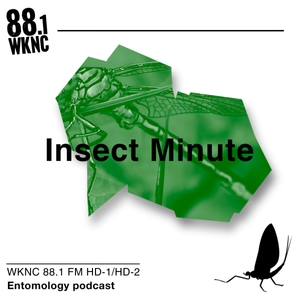
Cicadas are found on every continent, with the exception of Antarctica. In fact, there are 2,600 described species in the world ranging from very large (110 mm) to relatively small (14 mm), most of which are members of the family Cicadidae. The other family of cicadas, Tettigarctidae, is a very small and relictual group that is represented by two species present only in Australia. These Australian cicadas are known as the hairy cicadas and communicate by transmitting vibrations through vegetation instead of singing like the Cicadas we are familiar with.
The members of the family Cicadidae sing using organs called tymbals which are located on the abdomen of the males. The tymbal is like a drum. A complex membrane with taenidia-like striations running parallel along the surface and as the membrane vibrates and the enlarged chambers within the trachael system in the insects body act as a resonating chamber.
Image from what-when-how
The males use the tymbals to attract females and have distinctive calls to ensure that they attract the females in their species. Males and females have tympana on the underside of their abdomen which the females use to hear and orient toward potential mates, while the males use the tympana to identify competing males.
The life cycle of cicadas is pretty neat, a female cicada will lay eggs into the twigs of a woody host plant using a lance-like ovipositor. When the nymph hatches it drops to the ground and, using its fossorial legs, burrows into the soil where it spends the majority of its life feeding on juices it sucks from tree roots. The cicadas we are that we hear every summer are known as the dog-day or annual cicada. The latter name is actually a misnomer. Many believe that the dog-day cicada has a one-year life cycle when in fact they live underground for up to 8 years before they emerge. Because the emergence patterns are asynchronous they do not make as big of an impression. When it is time for cicadas to come above ground the nymph will dig to the surface, climb partway up the tree and molt into its adult form.
The periodical cicada get the most attention because of the grand synchronized emergence that occur every 13 to 17 years. These cicadas are in the genus <...
07/27/12 • 1 min
1 Listener
Generate a badge
Get a badge for your website that links back to this episode
<a href="https://goodpods.com/podcasts/insect-minute-269873/cicadas-32325056"> <img src="https://storage.googleapis.com/goodpods-images-bucket/badges/generic-badge-1.svg" alt="listen to cicadas on goodpods" style="width: 225px" /> </a>
Copy